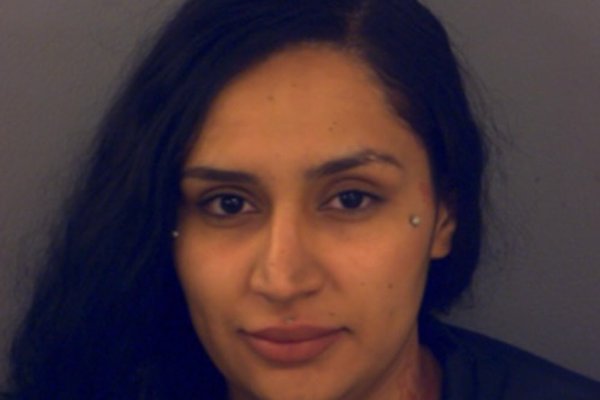
A recurring conversation I have with a healthcare worker friend is that if you had no conscience, an easy way to make money would be to peddle innocuous but inutile items by marketing them as wellness products.
Scientific language can be so impenetrable that a few vaguely therapeutic-sounding buzzwords are often enough con people into parting with their money – in the case of alkaline water, for example, or IV vitamin drips, or vitamin supplements in general.
A beauty trend I have found equally amusing and bemusing is gua sha (刮痧), which has exploded in popularity recently – Google searches spiked worldwide last year. It has been described, incorrectly, in the New York Times as “a traditional Chinese medicine technique that involves gliding a flat crystal over the meridians of your face with gentle pressure”.
Videos with the hashtag #guasha have recently surpassed 1bn views on TikTok, the vast majority showing young women delicately sliding lopsided heart-shaped implements over their faces.
Gua sha tools have become a staple in the arsenal of facial massage implements, with the added bonus of purportedly ancient authenticity. The technique has been linked, with scant scientific basis, to a myriad of benefits: smoother skin, jaw sculpting, acne reduction, wrinkle prevention.
“There is a lot of anecdotal evidence that facial massage has benefits for the skin and possibly improves some signs of ageing,” says Dr Cara McDonald, a dermatologist and director of Complete Skin Specialists in Melbourne. “Unfortunately, there are not many randomised controlled trials, which are the gold standard in scientific research to give real evidence for the effectiveness of any treatment.”
Perhaps more surprising than the limited evidence for efficacy is the trend’s origin story: In traditional Chinese medicine, gua sha is not performed on the face.
What it instead involves is vigorously scraping the skin of the back and shoulders, a practice that causes blotchy bruising. Soup spoons and other items such as coins are commonly used to perform the technique. The results can be so visually confronting that gua sha marks have been misidentified as physical abuse.
“Gua” (刮) translates to scrape, while “sha” (痧) is a term used in traditional Chinese medicine that refers to acute disease – proponents of the technique believe it promotes blood circulation and releases “stasis” from tissues. But high-quality scientific evidence for the technique is thin, partly because it’s difficult to come up with convincing placebo treatments.
One small study suggested the technique could alleviate chronic neck pain, but a research review has found “weak evidence supporting the benefits of the therapy in isolation”. In Australia, the technique is not specifically regulated.
I have had gua sha done once: as the result of a near-pathological tendency to be agreeable, I accidentally assented to it during a massage without realising what it was. It felt less like self care and more like having my back mauled by a cat.
It has been entertaining, then, to see gua sha appropriated by the wellness industry and parlayed into the skincare technique du jour. To be clear: the facial version of gua sha, which some have described as a “gentler form” of the technique, is a commercial fabrication.
A friend told me her grandma used to perform gua sha using a porcelain spoon on her back. “Certainly not on the face,” she said, incredulously.
“There has certainly been an increased awareness of gua sha over the last year or two with it trending on social media,” McDonald says. Many of her patients want to know whether it will help them fight the ageing process. “The reality is that when compared to other interventions available such as lasers, LED light and microcurrent devices, it’s unlikely to be able to compete.”
The facial technique isn’t inherently harmful, even if there is little evidence for its benefits. “If you have a gua sha and enjoy using it then by all means continue to do so,” McDonald says.
Facial massage more broadly can even alleviate muscular symptoms: “Firmer massage and pressure points can be used for those with significant tension in their muscles of the face, jaw and scalp,” McDonald says. “Deep sweeping pressure with the palm is also good for swelling and lymphatic drainage.”
“Massage devices may be useful … particularly for those who suffer with inflammation or swelling in the face,” McDonald says, but she warns of “too much of a good thing. Excessive massage can cause skin inflammation or irritation and will have negative effects in sensitive skin types.”
Gua sha facial tools have been around for a few years, but I haven’t been able to pinpoint the mercenary genius who first realised you could sell women coloured rocks to rub on their faces by dubbing it an ancient Chinese technique.
As the result of extensive Googling, however, advertisements for gua sha implements – always in jade-like turquoise or pale pink “rose quartz” – will follow me around the internet until I die.







